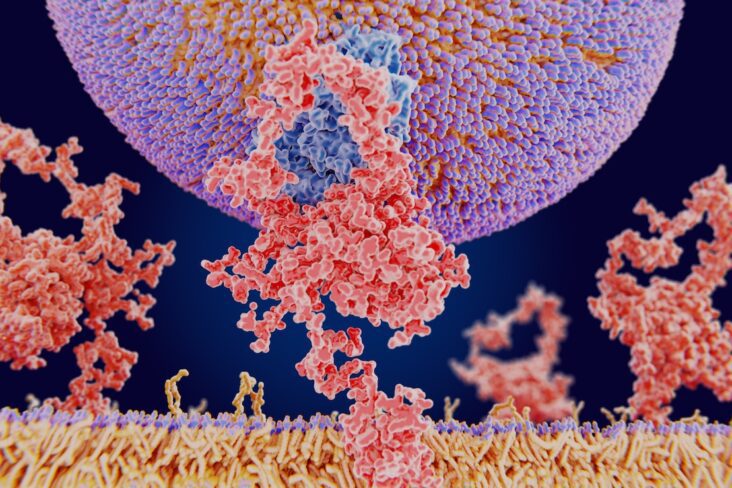
Cholesterol, LDL, and what we learnt from PCSK9 mutations in familial hypercholesterolaemia
PCSK9 binds to LDL receptors and directs them to be destroyed within the cell, rather than allowing them to recycle to the surface. When too much PCSK9 is present, fewer LDL receptors remain available to clear LDL from the blood. The result is simple: LDL levels rise. When that happens, the liver compensates by making even more cholesterol internally. This is why around 90% of the cholesterol in your blood is made by your liver, not absorbed from your diet.


